Industrial walk-in cool room ideal for off-grid operations
Remote communities struggle with storing food and essential supplies because they don't have access to expensive chillers. Similarly, farming and fishing communities regularly lose income due to a lack of cold storage facilities for their produce and catch. Our Solarator® Chill solves cooling and refrigeration issues in off-grid locations while helping the environment. Our single zone, walk-in cool room is 100% solar-powered and can operate 24/7 in any environment. The temperature can be pulled down to +4°C within minutes, making it an ideal solution for rapidly cooling harvest or storing vaccines. Aside from impact industries, our commercial off-grid chiller has also been used by event organisers and hospitality groups who want their operations to be more sustainable.
Our sustainable refrigeration products have been deployed across the world including Australia, Bahamas, Djibouti, Papua New Guinea, USA and Vanuatu. We also recognise the value of data in strategic decision-making that's why each Solarator® unit is connected to a powerful dashboard where clients at different levels of the organisation can generate relevant and custom sustainability reports in minutes.
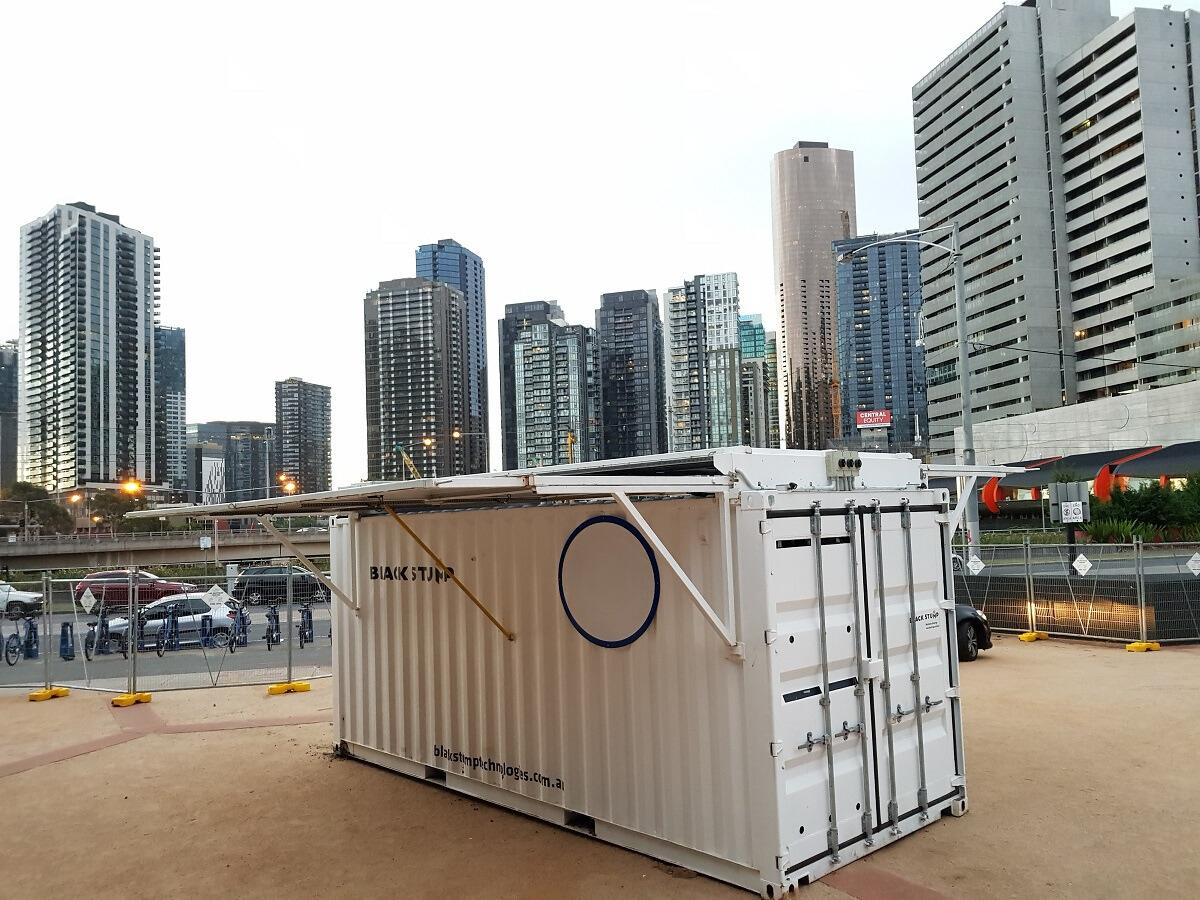
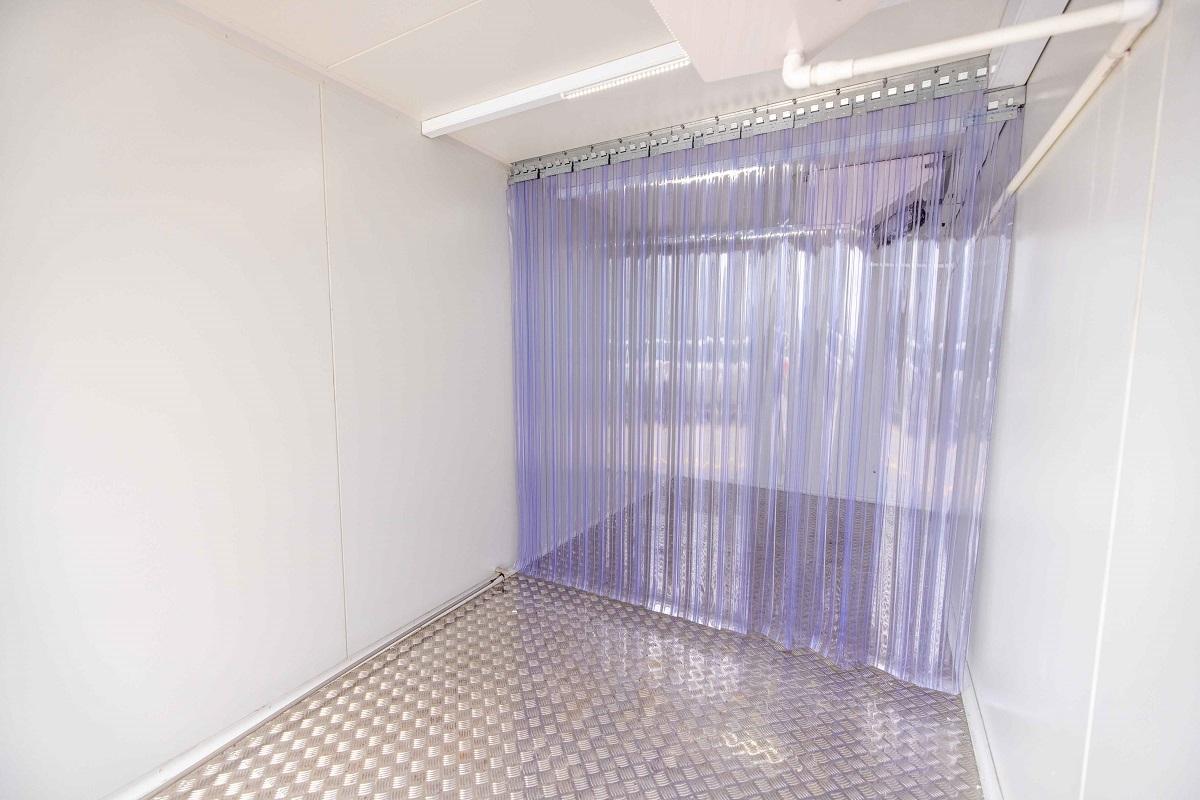
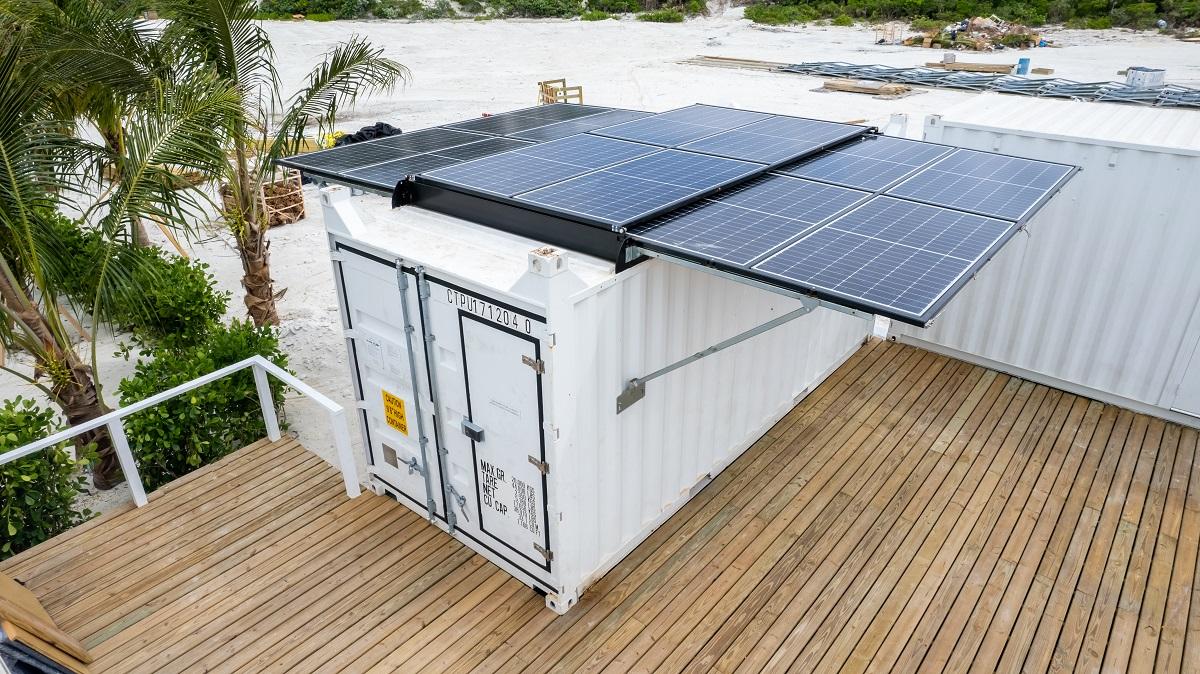
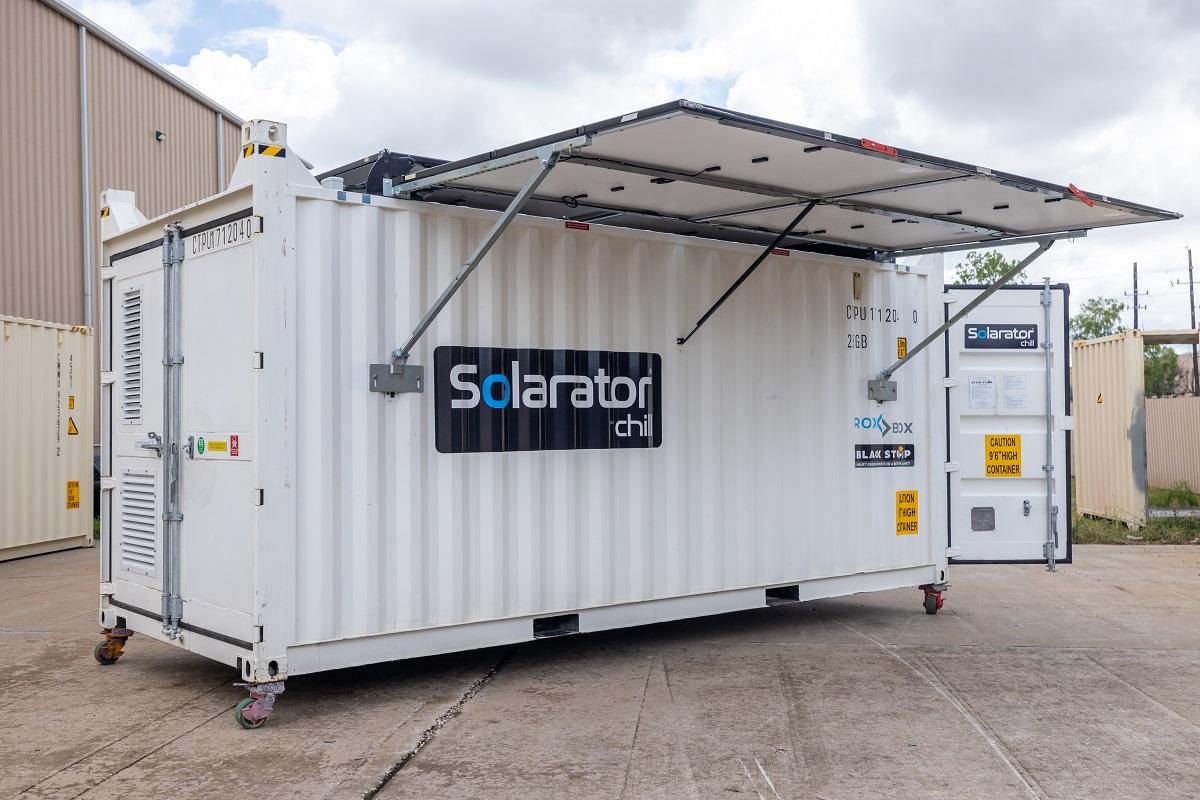
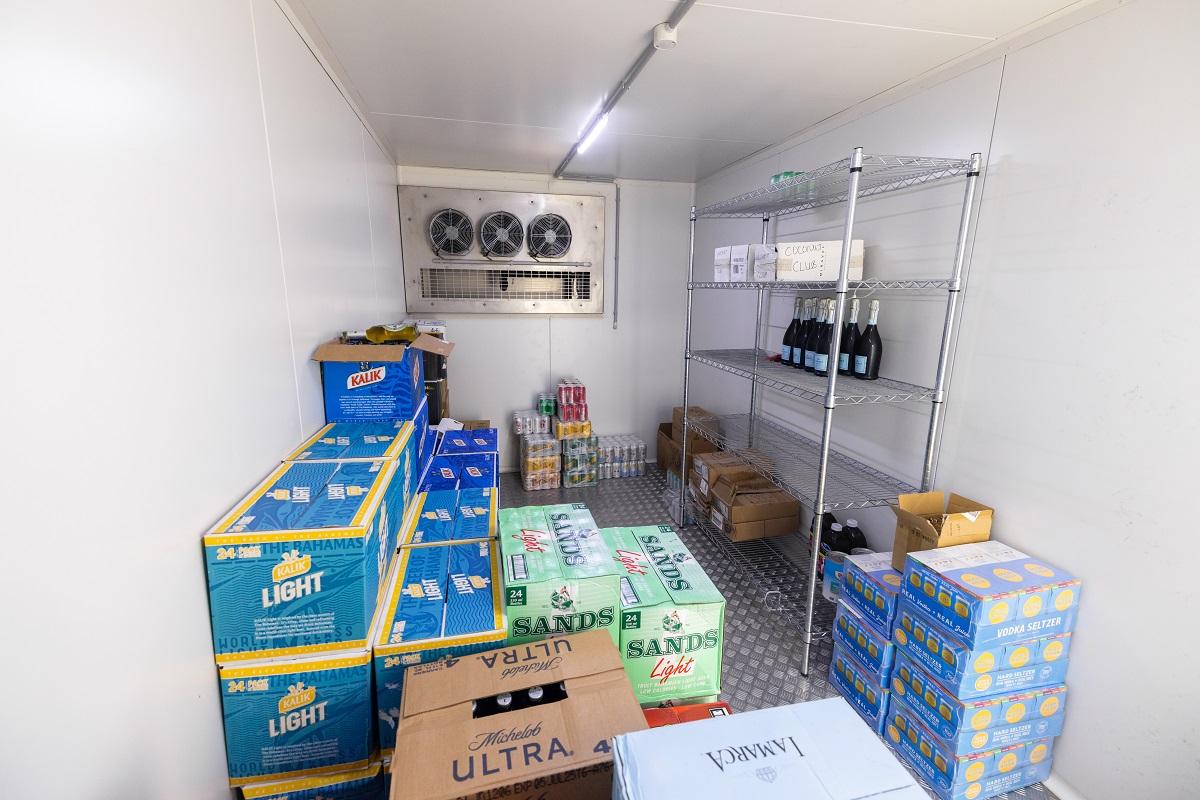
- 100% solar-powered; no fuel, diesel generator or grid connection required
- Maintains internal temperature of +4°C regardless of external conditions
- Non-stop operation 24/7
- Robust, marine grade construction
- Easy transport by road, rail or sea
- Quick stowage against bad weather
- Rapidly deployable and operational in 15 minutes
- Hybrid and micro-grid compatible
- Remote operation and monitoring available
- Access to data portal, with ability to download sustainability reports in minutes
- During transport: 6.1m (L) X 2.4m (W) X 3m (H)
- When deployed: 8.2m (L) X 7.2m (W) X 3m (H)
- Internal dimensions: 5.1m (L) X 2.1m (W) X 2.2m (H)
- Dry weight: 8000 kgs
All dimensions provided are approximate and for reference purposes only.
- Remote communities
- Agriculture
- Aquaculture
- Horticulture
- Off-grid tourism
- Events
- Hospitality
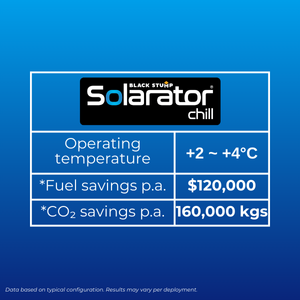
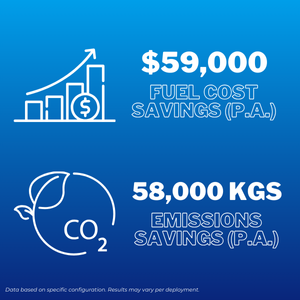
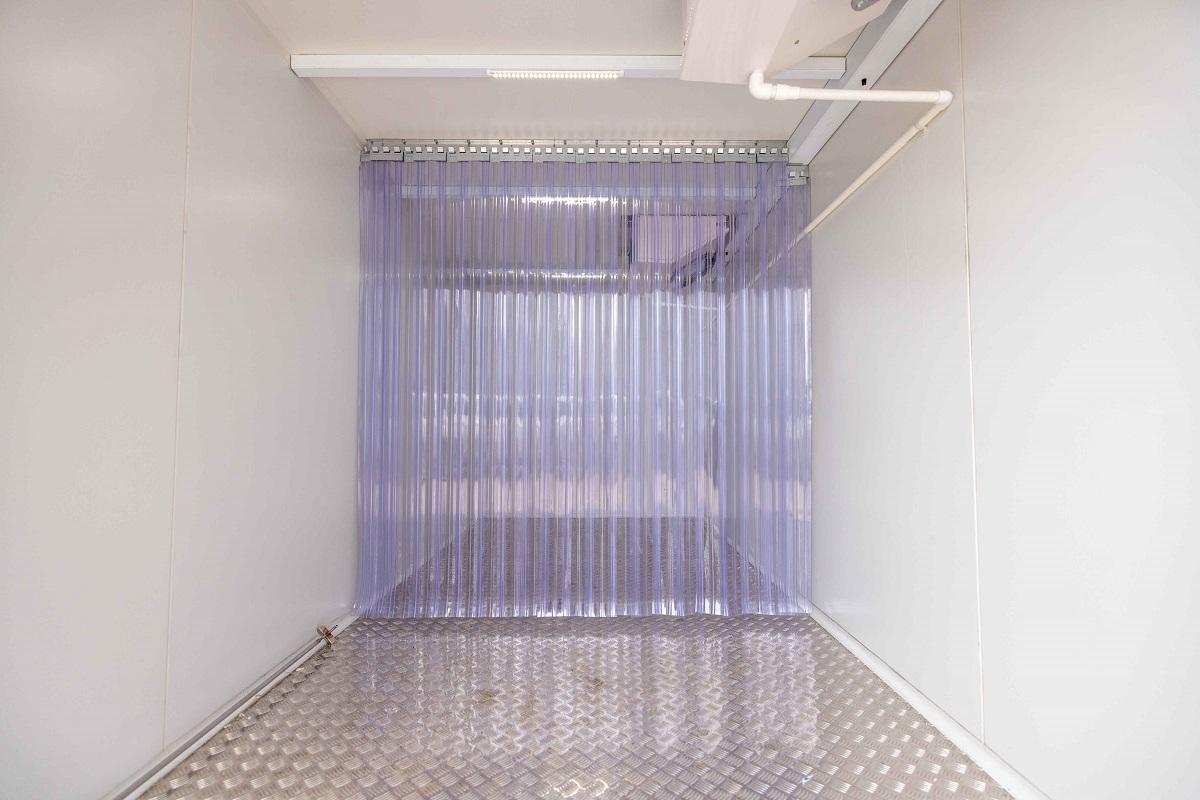
Community of local farmers save big and sell more through solar-powered cold storage
Using our commercial cold storage products, Vanuatu's Department of Agriculture and Rural Development successfully piloted a climate-friendly agricultural project for local farmers. The community benefitted from the Solarator®'s efficient, sustainable, and cost-effective cooling technology to preserve their fruits and vegetables. This was particularly useful for farmers wanting to store large quantities of products before export or to expand their retail capabilities to other ports and markets domestically. Our solar-powered cold storage is estimated to save more than $59,000 in fuel costs and around 58,000 kgs in carbon emissions per annum.

